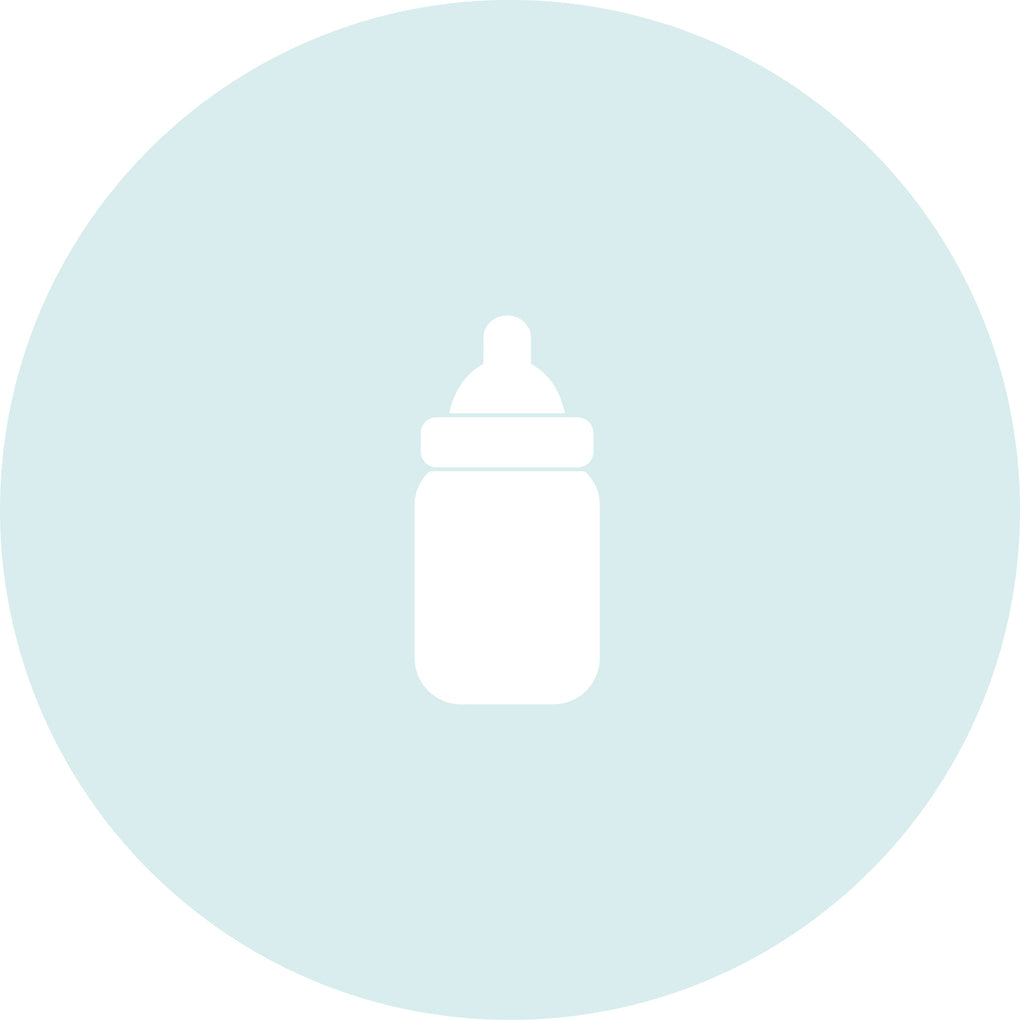Safety is every parent’s first concern when it comes to their baby. From car safety to sleep safety, it can often feel like there’s so much to think and worry about as a new mum or dad.
One of the main concerns parents have when it comes to the safety of their baby, is how to travel with them in the car and, more specifically, how long their baby can be in a car seat at one time.
In this article, we’ll look at UK car seat safety laws and share guidance on how long babies should be in a car seat by their age from infant, to baby, to toddler.
How Long Should a Baby be in a Car Seat by Age?
No matter their age, a baby should never be in a car seat for an extended period of time, but the guidance may change slightly as your baby gets older. Let’s go through the length of time a baby can be in their car seat depending on their age.
Newborn
When your baby is a newborn or under four weeks old, it is advised that you should avoid using their car seat for more than 30 minutes at a time. This includes when the car seat is being used as part of a travel system.
This ‘30-minute rule’ came from a study conducted by the University of Bristol in 2016, but we will delve into this further below.
Safer Sleep Charity, The Lullaby Trust, also recommends that young babies should not be in their car seats for long periods of time, because research suggests that newborns may be at risk of breathing difficulties if they sleep in an upright position for too long, which can increase the risk of SIDS.
It’s also important to make sure the infant car seat you’re using is rear-facing, suitable from birth and complies with the latest UK safety standards. At NBS, our range of infant car seats are all tried and tested to ensure they are safe and secure for babies from day one.
3-4 Months
A 3–4-month-old baby, while not technically a newborn, shouldn’t be in their car seat for long periods of time. It is recommended that 3–4-month-olds should not be in their car seat for more than two hours at a time within a 24-hour period.
This is because there are risks of breathing issues due to a baby’s weaker neck muscles, and sitting upright for too long can restrict their airways in some cases.
It is also important to note that a baby should never sleep overnight in their car seat whether in or outside the car. Babies should only sleep on completely flat and clear surfaces such as a bedside crib, moses basket or cot.
Many of our baby car seats can be used from three months old and some go up to as old as four or even seven years. You can be sure that our range only features baby car seats that comply with UK safety standards, many of which start out as rear-facing car seats but can transition to front-facing once your baby is a minimum of four years old as per the UK guidelines.
5-6 Months
When your baby is 5-6 months old, it’s important to continue to follow the two-hour rule, as even thought their neck and head control is now stronger, prolonged time in a car seat can still pose risks.
The risks associated with 5–6-month-olds travelling in a car seat are similar to that of a newborn, it could cause breathing difficulties, SIDS and also discomfort and potential strain on their spine.
If you do find that you need to travel in your car for longer than two hours, make sure to take regular breaks for at least 15 minutes every 1.5-2 hours to let you and your baby stretch. Young babies will need nappy changes and feeds anyway.
It is also advised by the RoSPA that drivers also need to take breaks every two hours. Research has shown that driver fatigue is responsible for 10-20% of all traffic collisions and can be considered as dangerous as drink driving.
6 Months +
As babies get older, the car seat rules and regulations stay almost the same. A 6+ month old baby or toddler should still only stay in their car seat for no longer than two hours at a time. Both they and the driver need to make sure they are factoring in regular breaks every couple of hours to stretch, get some fresh air and drink plenty of water to stay hydrated.
It's also important to remember that babies six month’s old and under are unable to regulate their own body temperature, so when you’re travelling in the car in the summer, they are going to need fresh air and water to prevent them overheating.
When choosing a car seat for your baby or toddler, look out for breathable materials like mesh which will help keep baby cool and comfortable in the car when it’s hot.
Remember that to comply with UK car seat safety regulations, babies should remain rear-facing until they are at least four years old, but many of our brands such as Axkid recommend extended rear-facing travel up to as old as seven years.
Many baby and toddler car seats nowadays can be used from the early years and transition right into toddler or childhood. But it’s important to know when to transition into the next stage car seat and the signs to look out for. Here’s a useful guide to choosing the right car seat.
What is the 30-Minute Car Seat Rule?
The 30-minute car seat rule is the safety guideline for newborns and young infants - including and especially premature or low-birth weight babies. It simply states that babies under four weeks old should not be in a car seat for more than 30 minutes at a time.
This is because babies this young don’t have supportive neck muscles, and their heads can sometimes fall forward which restricts their airways and can result in breathing difficulties.
Prolonged periods of time in a car seat can also potentially lower a baby’s oxygen levels which also leads to breathing issues. This is a risk particularly in low-birth-weight babies.
A study by the University of Bristol placed 40 full term and pre term infants in a motion simulator in a 40o position and replicated a 30mph car journey to produce vibrations similar to that of a rear-facing car seat in the back of a family car.
The study found that both full term and preterm infants had significantly faster heartbeats, decreased oxygen saturation and higher respiratory rates. This shows that babies can’t breathe as efficiently when in their car seat.
The duration of the test used in the study and the results led to the creation of the 30-minute rule.
When your baby is an infant it is extremely important to make sure they are in a suitable infant car seat that has been installed correctly, and stick to the 30-minute rule to ensure their safety and your peace of mind.
At What Age Can a Baby Be in a Car Seat for Two Hours?
When your baby is older than four months’, the 30-minute rule can, in moderation, be extended to the two-hour rule.
The two-hour rule states that babies should not be in their car seat for more than two-hours at a time within a two-hour period.
If you are travelling in the car for more than two hours, make sure – for you and baby’s sake – you are factoring in regular breaks to stretch, eat and drink.
How Long Should You Wait Between Car Seat Journeys for Babies?
There is no research or guidance on the length of time a baby needs to have a break before they are back in their car seat, but it’s important to make sure they have time to stretch, move or run around and for young babies they will need to feed and change – this could all take around 30 minutes or more.
Guidance from The Highway Code recommends that drivers stop for at least 15 minutes every two hours.
Keeping Your Baby Safe in their Car Seat Summary:
- Babies under four months old should follow the 30-minute rule
- Babies four months and older should stick to the two-hour rule
- On long journeys, babies and drivers should take regular breaks for at least 15 minutes every two hours
- Babies must travel rear-facing until they are at least four years old
- Babies – particularly those under six months - need fresh air and hydration in a hot car
- Babies should never sleep overnight in their car seat as they need to lie flat
- If you’re using a travel system, don’t leave your baby in their car seat for more than two hours, it’s best to move them into a carry cot
We hope you’re now familiar with the UK car seat safety guidelines and know exactly how long your baby can travel in their car seat for as they get older.
If you’re looking for a car seat you can trust to keep your little passenger safe, browse our car seat collection.

























